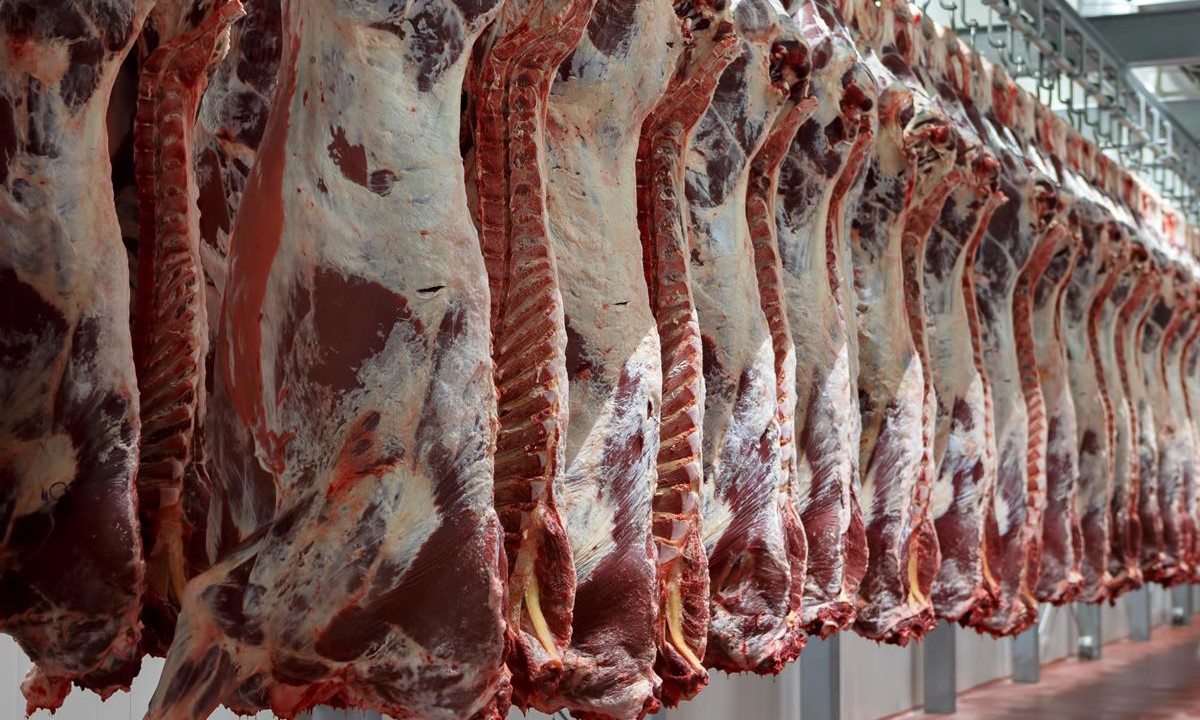Northern Ireland’s Livestock and Meat Commission (LMC) has procured the latest Long Term Meat Strategy Report, produced by the renowned Gira food consultancy and research centre.
This latest publication assesses the potential of the beef, lamb, poultry and pork sectors through to 2017 on an international basis.
“The outlook for all of the meat sectors is extremely positive,” confirmed LMC economist Seamus McMenamin.
“While production of beef and lamb is projected to fall in Europe, this trend will be offset by the growth in consumption created by a rising population.
The growth in consumption will be further amplified outside of Europe, where very significant population increases can be expected. This will become particularly evident within many Asian markets.”
McMenamin added that the latest Gira report adds to the previous publications published by the consultancy, all of which are available to stakeholder groups, courtesy of the LMC.
Dramatic change
According to the Gira report, the world’s meat industry has changed dramatically.
Continuous, if sometimes modest, increases in global consumption and trade hide enormous changes in the very structure of the industry – changes which are still far from complete, and whose outcomes are still far from clear.
Meat demand continues to grow; especially in Asia where prices are high and imports have grown. New and rapidly growing forces in world meat supply including the powerhouse that is Brazil, will drive fundamental change within world meat markets.
At the same time new, “non-market” factors are fast moving to the front of the stage. These include: ecology & welfare; health & obesity; vegetarianism & substitution – geopolitics & nationalism plus genetics & feed. All of these factors will impact the meat chain.
Meanwhile, China is now the world’s single largest meat importer, with around 6.6 million tons of carcass weight equivalent imported – not including offals – annually.
This is 20% of the total world trade in the four main meats. Moreover, it is a figure that is rising and will have a key, short-term influence on meat market prices all over the world.
The Gira report also points out that emerging consumer markets, new demands on suppliers, the necessity of lowest cost production are all important factors to be considered by those operating within the various meat sectors.
But, periodically, these same operations will face a severe reality check from food safety and sanitary disruptions, political crises, and changing societal demands.
The report features four major country reports – China, US, EU and Brazil – and 26 country profiles.
China, the US, Brazil and the EU represent the four key regions for the future of the meat industry, expected to impact global availability and price.
The study will allow readers to robustly analyse the key challenges facing the global meat industry over the next 10 years.
Moreover, the analysis of these global forces for change has been overlapped with specific research in the four biggest and most influential meat markets.

